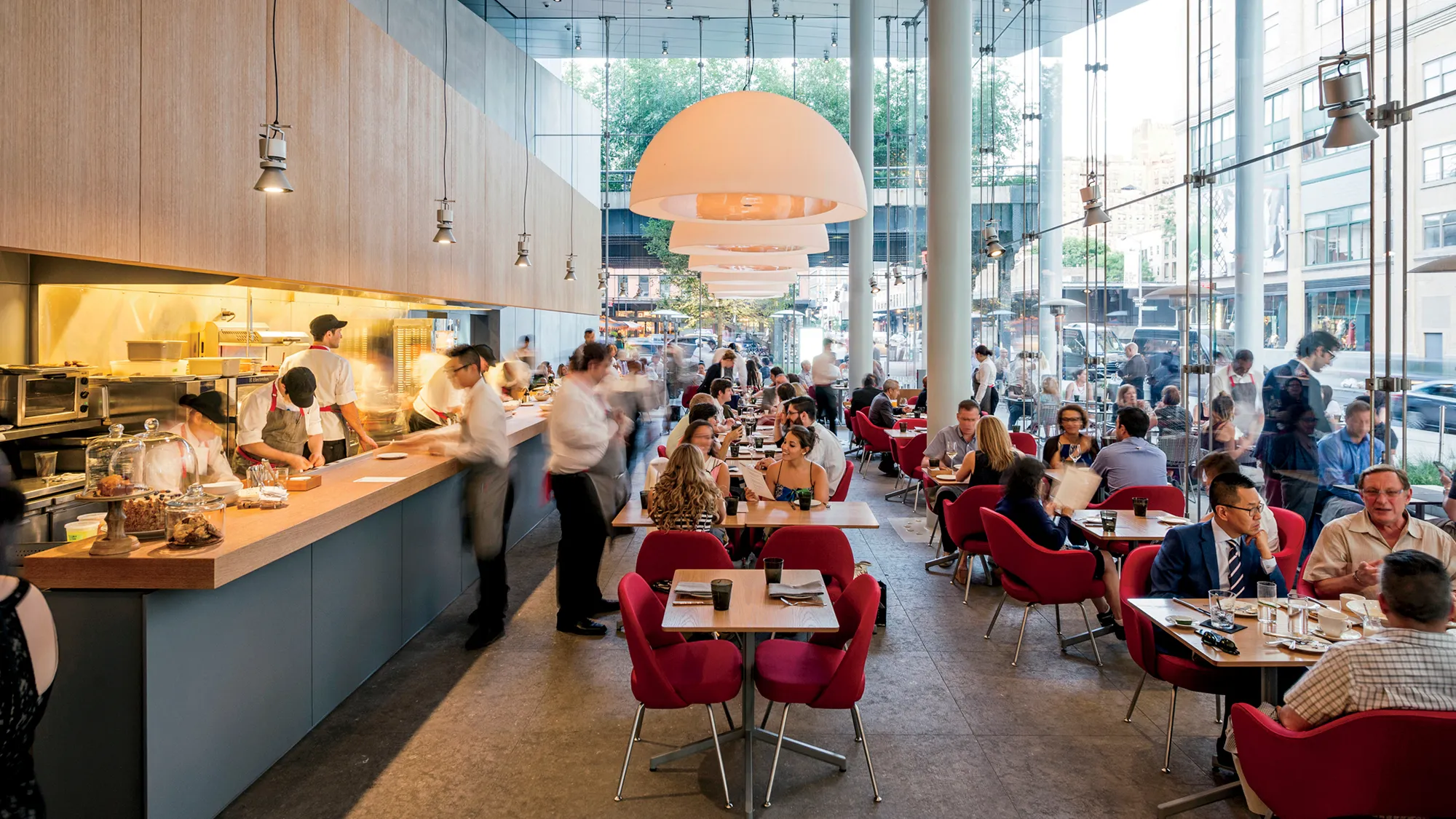
Ron Wong
86-13380258855
sales@rongroup.co

Lesson 1: Adaptation to Consumer Preferences
Embracing Flexibility: To thrive in the buffet industry, it's crucial to stay attuned to shifting consumer tastes. This includes offering a variety of dishes that cater to dietary preferences such as vegan, gluten-free, and low-carb options. Regularly updating the menu not only refreshes the dining experience but also attracts a broader customer base.
Technology Integration: Utilizing technology to enhance customer experience is another critical adaptation. From digital menus that allow for instant updates to apps that enable reservations and customer feedback, technology can streamline operations and improve satisfaction.

Lesson 2: Emphasis on Quality and Value
Quality Over Quantity: While buffets are known for their variety, the quality of food cannot be compromised. High standards for ingredients and preparation can set a buffet apart from its competitors. Regularly training kitchen staff and conducting quality checks are essential practices.
Creating Perceived Value: Offering themed nights or special promotions can enhance the perceived value of a buffet. Events like "Seafood Fridays" or "Global Cuisine Sundays" can draw in customers looking for something beyond the ordinary buffet experience.
Lesson 3: Effective Cost Management
Efficient Inventory Management: Buffets require a careful balance between variety and waste. Implementing an efficient inventory system can help track ingredient usage and reduce waste, which is vital for cost control.

Dynamic Pricing Strategies: Adopting pricing strategies such as early bird specials or different pricing for weekdays versus weekends can help manage customer flow and maximize revenue. Understanding and analyzing customer traffic patterns allows for strategic planning and resource allocation.
Sustainability Practices: Incorporating sustainable practices can also be a cost-saving measure over the long term. This includes reducing food waste, using energy-efficient appliances, and sourcing locally where possible, which not only saves money but also appeals to environmentally conscious consumers.






Ron Group
86-13380258855
sales@rongroup.co
